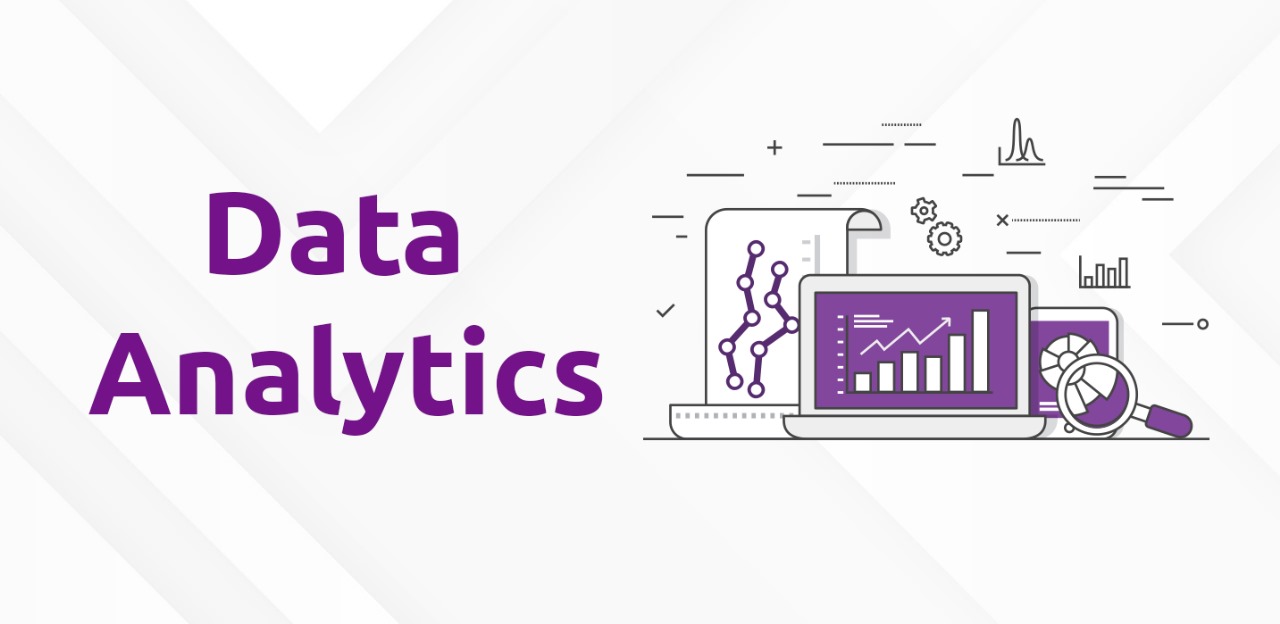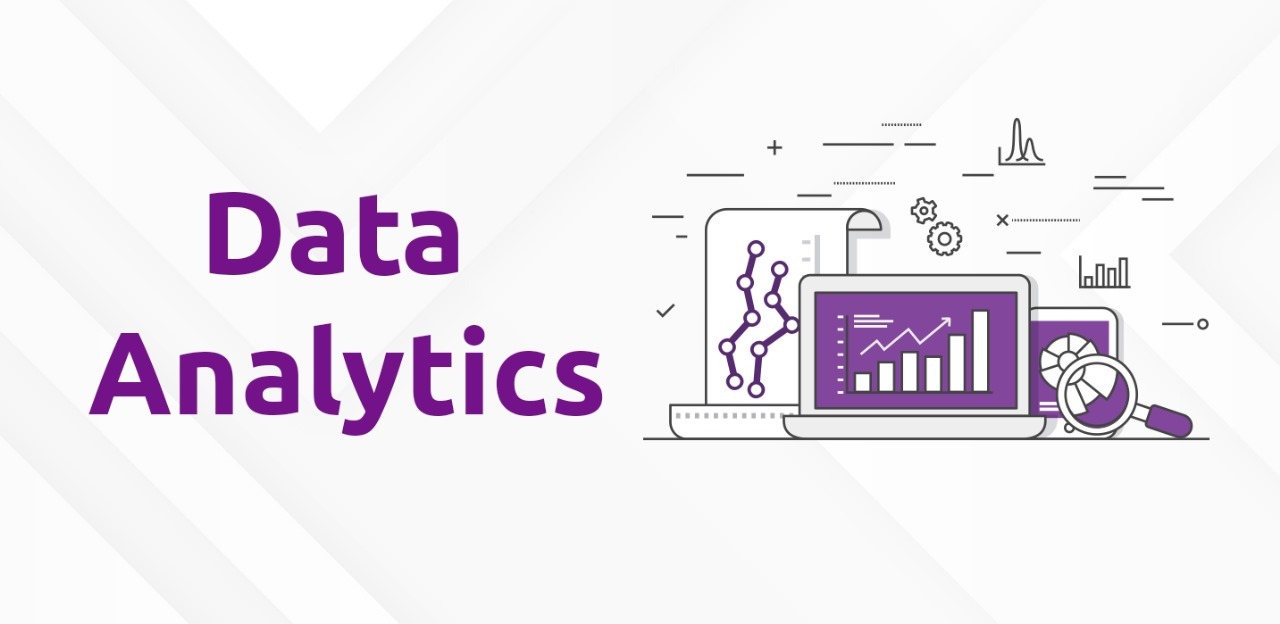Top Frameworks for Full Stack Development in 2024
As the demand for full stack developers continues to grow in 2024, it’s crucial to choose the right frameworks to build efficient, scalable, and robust web applications. With many frameworks available today, understanding the strengths and weaknesses of each can help you make better decisions as a developer.
In this article, we’ll compare three of the most popular full stack frameworks: React, Angular, and Django. These frameworks are widely used and will continue to dominate the development landscape in 2024. If you’re a full stack developer, knowing which framework to choose for your projects can make a significant difference in your career success.
For more information about the roles and responsibilities of a full stack developer, check out our post on Full Stack Developer Career Insights for 2024.
What Are Full Stack Frameworks?
Full stack frameworks refer to a set of tools and libraries that allow developers to create both the frontend and backend of web applications. These frameworks streamline the development process, making it easier to write, test, and deploy applications. While some frameworks are more focused on the frontend (what the user sees), others specialize in the backend (the server and database).
Below, we’ll dive into the pros and cons of React, Angular, and Django—three frameworks that have become essential for full stack development.
React: A Powerful Frontend Framework
React is a popular JavaScript library developed by Facebook. It’s widely used for building user interfaces, especially single-page applications (SPAs). React is technically a frontend library, but when combined with Node.js and other backend technologies, it becomes a powerful full stack solution.
Pros of React:
- Component-Based Architecture: React’s component-based structure allows developers to build reusable UI components, making code easier to maintain.
- Virtual DOM: React uses a virtual DOM to improve performance. It updates only the necessary parts of the webpage, making the app faster.
- Large Ecosystem: There are plenty of third-party libraries and tools that integrate well with React, offering endless flexibility for developers.
- Strong Community Support: Since React is widely adopted, there’s an active community that contributes to tutorials, plugins, and documentation.
Cons of React:
- Steep Learning Curve: While React is simple at its core, developers may find it challenging to master advanced features like Redux for state management.
- JSX Syntax: React uses a syntax called JSX, which mixes JavaScript with HTML. Some developers find this syntax less intuitive.
Angular: A Full-Fledged Frontend Framework
Angular, developed by Google, is a TypeScript-based framework designed to build dynamic, single-page web applications. Angular is a comprehensive solution that comes with everything you need for building both the frontend and a portion of the backend of an app.
Pros of Angular:
- Two-Way Data Binding: Angular offers automatic synchronization between the model and view, reducing the need for manual DOM manipulation.
- Complete Framework: Unlike React, which is primarily a library, Angular is a full-fledged framework that comes with a wide range of built-in tools for routing, form validation, and more.
- TypeScript: Angular is built with TypeScript, a superset of JavaScript. TypeScript’s static typing helps prevent runtime errors and improves code quality.
- Rich Feature Set: Angular has built-in support for features like HTTP services, dependency injection, and animations, making it highly versatile.
Cons of Angular:
- Complexity: Angular is a powerful but complex framework. Developers may find its many features overwhelming, especially if they are new to full stack development.
- Steeper Learning Curve: Learning Angular requires a solid understanding of TypeScript, which can be challenging for developers who are more familiar with plain JavaScript.
Django: A Backend Powerhouse
Django is a Python-based web framework known for its simplicity and rapid development capabilities. While React and Angular focus primarily on the frontend, Django is an excellent choice for backend development. It follows the Model-View-Template (MVT) architecture, which helps in building clean and maintainable web applications.
Pros of Django:
- Rapid Development: Django includes built-in features like authentication, admin panels, and database management, allowing developers to build applications quickly.
- Security: Django takes security seriously, offering protection against common threats like SQL injection and cross-site scripting.
- Scalable and Maintainable: Django’s MVT architecture makes applications easier to scale and maintain over time.
- Built-In Admin Interface: Django’s built-in admin interface is highly customizable and allows developers to manage the site without writing extra code.
Cons of Django:
- Steeper Learning Curve for New Developers: If you’re new to Python or web development in general, learning Django may take some time.
- Less Flexibility on the Frontend: Django is mainly a backend framework, so you’ll need to pair it with a frontend solution like React or Angular to build dynamic, interactive user interfaces.
React vs Angular vs Django: A Quick Comparison
| Framework | Frontend/Backend | Language | Strengths | Weaknesses |
|---|---|---|---|---|
| React | Frontend | JavaScript | Fast rendering, reusable components, large ecosystem | Requires additional libraries for routing, state management |
| Angular | Frontend | TypeScript | Two-way data binding, comprehensive features, built-in tools | Steep learning curve, complexity |
| Django | Backend | Python | Rapid development, high security, built-in admin interface | Limited frontend capabilities |
Choosing the Right Framework for 2024
Each of these frameworks has its strengths and is suited to different project needs. Here are some scenarios to help you choose the best framework for your next project:
- Choose React if you want to build dynamic, interactive frontend applications with reusable components and fast rendering. React is a top choice for building single-page applications (SPAs).
- Choose Angular if you need a full-featured frontend framework with a rich set of tools and you’re comfortable working with TypeScript. Angular is great for large-scale enterprise applications that require robust architecture.
- Choose Django if you’re focusing more on backend development and want a framework that supports rapid development, security, and scalability. Django is perfect for projects where the backend is the core, such as e-commerce platforms or content management systems (CMS).
For more detailed insights into what full stack developers do and the skills they need, check out our article on Full Stack Developer Career Insights for 2024.
Conclusion
As we head into 2024, React, Angular, and Django will continue to be top choices for full stack developers. Your choice of framework should depend on the needs of your project and your familiarity with the tools. Whether you're building a scalable backend with Django or an interactive frontend with React or Angular, mastering these frameworks will give you a competitive edge in your full stack developer career. To explore more about full stack development, including the roles, responsibilities, and future opportunities, don’t miss our blog on What Does a Full Stack Developer Do?.

